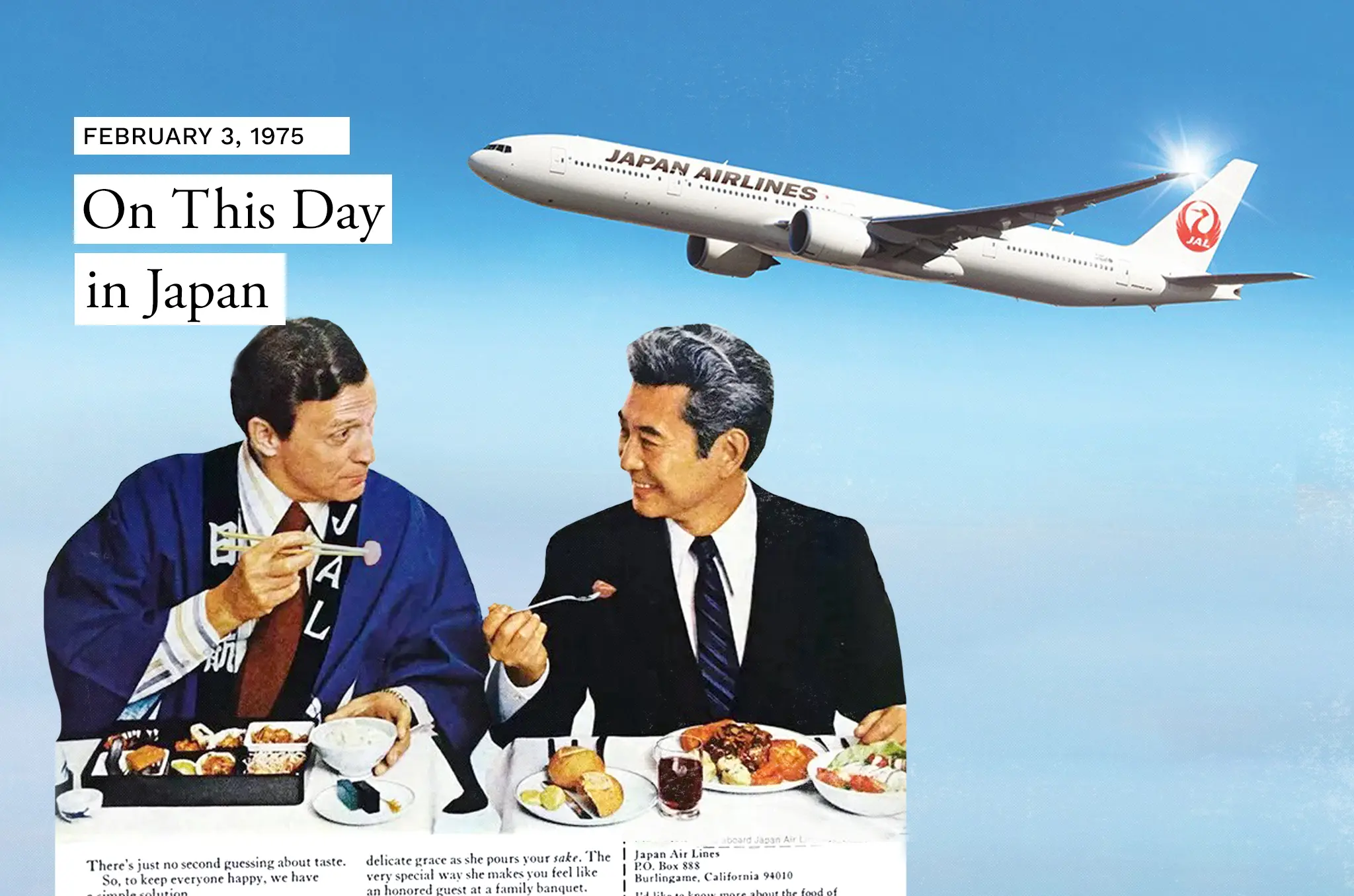On this day 50 years ago, one of the most infamous food poisoning incidents in aviation history occurred on board a Japan Airlines (JAL) flight from Tokyo to Paris that was making stops in Anchorage and Copenhagen to refuel. With the plane approaching Denmark, people started complaining of nausea and cramps. Vomiting and diarrhea soon followed. Of the 364 passengers and crew on the flight that day, almost 200 fell ill and more than 140 were hospitalized.
From Dream Vacation to Nightmare
A few months earlier, several employees at Coca-Cola Japan had been informed that they had won a trip to Paris in a company contest. Their spouses were also welcome to join them. But what was supposed to be a dream vacation became a nightmare — and all before they had even arrived in France.
During the first fuel stopover in Alaska, breakfast meals — including ham omelets — were loaded onto the Boeing 747 for the continuing journey. Before touching down at the next refueling site, those ham omelets would begin to wreak havoc on the digestive systems of a substantial portion of the plane’s occupants. The flight was less than two hours away from Copenhagen International Airport when the dish was served to 228 people, including the entire first-class section. It wasn’t long before passengers began to feel nauseous.
Shortly after the plane landed in Denmark, one of the cabin crew fainted. Within three hours, more than half of the people who had boarded the airplane were experiencing symptoms, including abdominal cramps, vomiting and diarrhea. An exclusive lounge at the airport was opened for them, and a team of medical practitioners arrived to check the patients. Unfortunately, none of them spoke Japanese, necessitating the summoning of staff from nearby Japanese restaurants to act as translators.
Nearly 150 people from the plane were transported to a local hospital, some with severe symptoms. One passenger even briefly lost the ability to express or understand speech. Fortunately, all passengers who fell ill from the ham omelet recovered.
The Investigation
Epidemiologists were called in to identify the cause of the mass poisoning. Laboratory tests of stool and vomit samples from passengers, as well as 33 samples of leftover meals, revealed that the ham provided by a catering company in Alaska was infected with staphylococcus aureus. The source? Staph-infected lesions on the right hand of a cook responsible for helping to prepare the ham omelets.
According to United States Public Health Service officer Doctor Mickey S. Eisenberg, the cook failed to report the lesions to his supervisor while management neglected to check his health status. Compounding the initial contamination issue were poor food preservation practices: Meals were stored at room temperature for several hours prior to the plane taking off, allowing for rapid multiplication of the staph bacteria.
In total, meals were kept at improper temperatures for approximately 28 hours and 30 minutes: They sat in the kitchen for six hours before being refrigerated — at an insufficient 10 degrees Celsius — for 14 hours and 30 minutes. They were then moved to the aircraft ovens rather than a chilled module, where they remained for another eight hours. Had they been kept properly refrigerated the whole time, the outbreak wouldn’t have occurred.
The Aftermath
The situation could have been much worse had the pilots eaten the contaminated omelets. Fortunately, their biological clocks were on Alaska time, and they opted for steak dinners rather than breakfast. JAL subsequently mandated that cockpit crew members eat different meals prepared by different cooks to prevent food poisoning outbreaks from incapacitating the entire crew. Several other airlines soon followed suit.
While nobody died from the poisoning, there was, sadly, one fatality connected to the episode. Kenji Kuwabara, a 52-year-old father of four, took his own life in his Anchorage apartment a week after the incident occurred. He was the vice president of International Inflight Catering, the company, partly owned by JAL, that had been in charge of preparing the meals for the flight.









